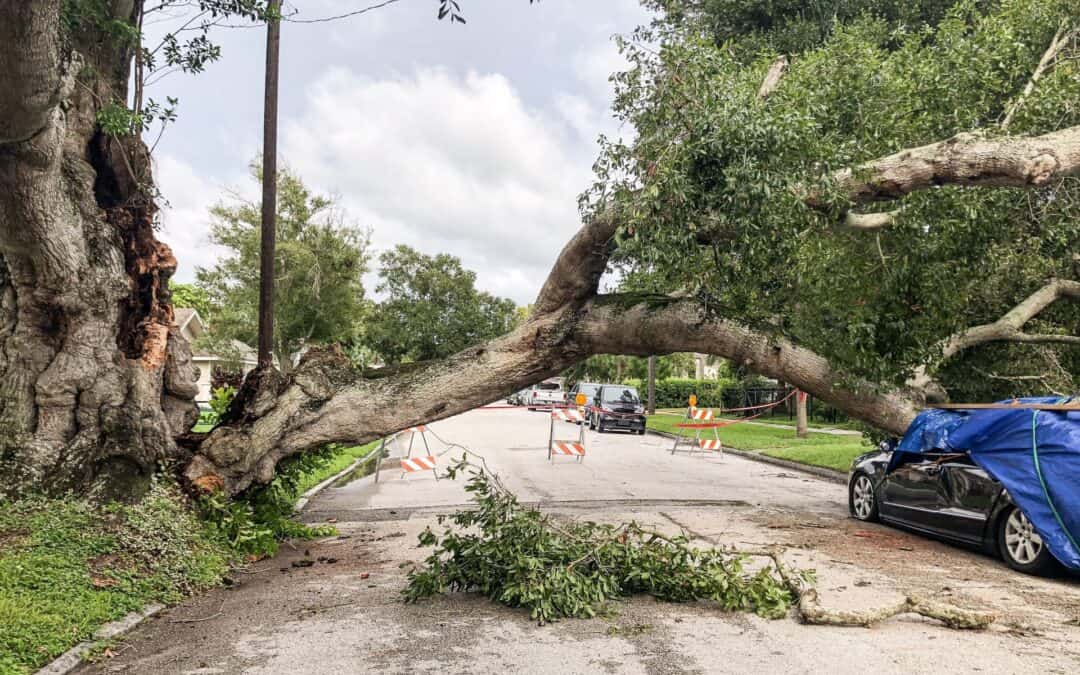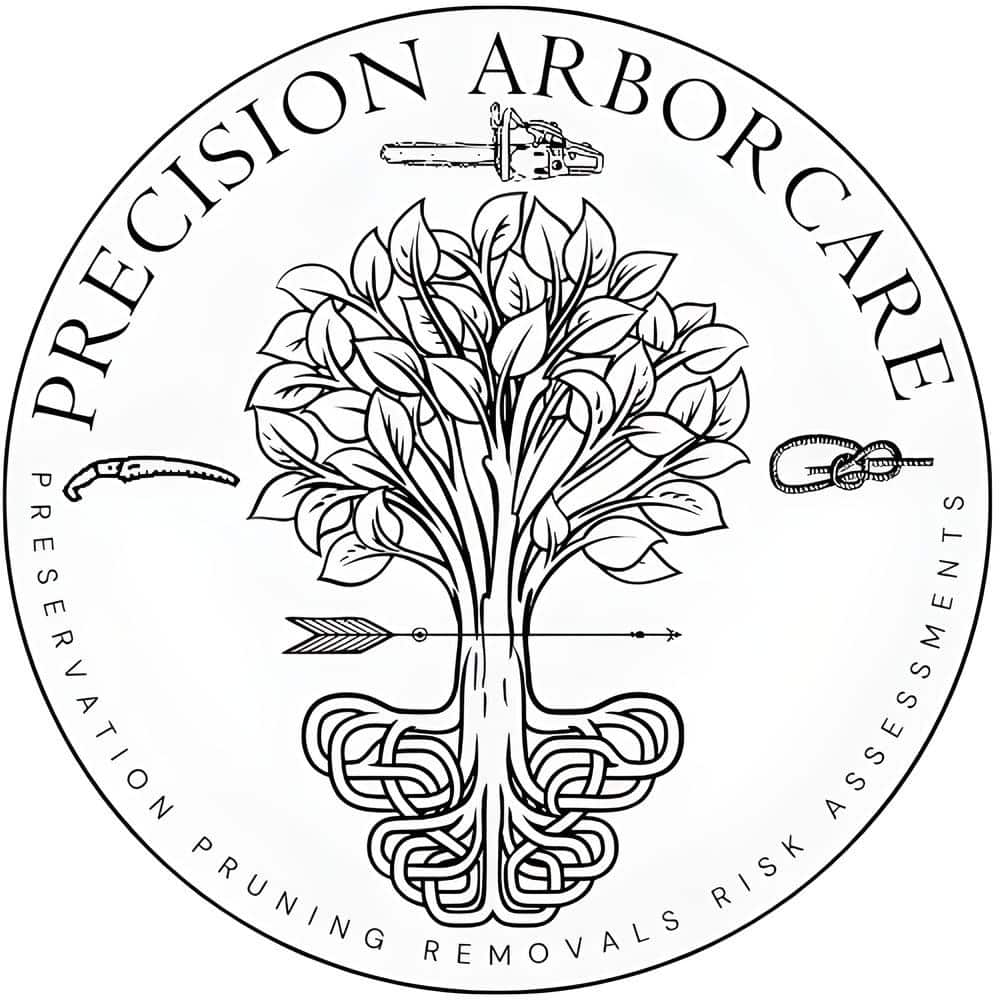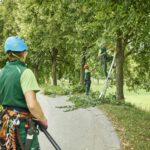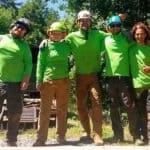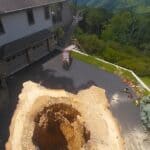When storms approach, the readiness of your trees can mean the difference between minor cleanup and major repairs. Professional tree services play a pivotal role in preparing and preventing damage from such natural events. This discussion will delve into how these services, particularly those provided by skilled arborists, can fortify your trees against the havoc of storms. Hurricane Helene alone resulted in 61 fatalities due to falling trees, surpassing the total number of deaths from all tornadoes in 2024. Effective storm preparation involves a combination of tree care practices that enhance safety and reduce potential risks.
Role of Arborists in Storm Prep
Arborists bring a specialized skill set that is crucial for preparing trees to withstand the harsh conditions of a storm. Through their expert eyes, potential risks are identified and mitigated, often long before storm warnings are issued. For example, an arborist might notice a seemingly healthy tree’s subtle signs of distress, such as minor root exposure or slight leans that could predict failure in storm conditions.
- Assessment Expertise: Arborists evaluate tree health and structural integrity.
- Risk Management: Identifying issues that could lead to tree failure during storms.
- Preventative Measures: Implementing strategies to reinforce tree stability.
Tree Pruning Techniques
Strategic pruning is more than just cutting limbs; it’s about creating a tree structure that can endure high winds and heavy rain. Pruning reduces the tree’s overall sail area, thus lessening the force winds can exert on it. Properly executed, these techniques can significantly diminish the likelihood of branches breaking off, which is a common cause of damage during storms.
- Weight Reduction: Removing heavy limbs to balance the tree.
- Thinning the Canopy: Allows wind to pass through the tree more easily, reducing resistance.
- Removing Dead or Weak Limbs: Prevents these from becoming dangerous projectiles.
Tree Risk Assessment
A comprehensive tree risk assessment by a certified arborist can be a lifesaver. This process involves examining trees for signs of illness, decay, or structural weaknesses that might not be evident to the untrained eye. Arborists use their training to determine which trees pose a threat to property and safety, especially during severe weather.
- Health Check-Up: Arborists look for diseases and pests that weaken trees.
- Structural Analysis: Focus on integrity of roots, trunk, and branches.
- Prioritization of Issues: Determining which trees need immediate attention.
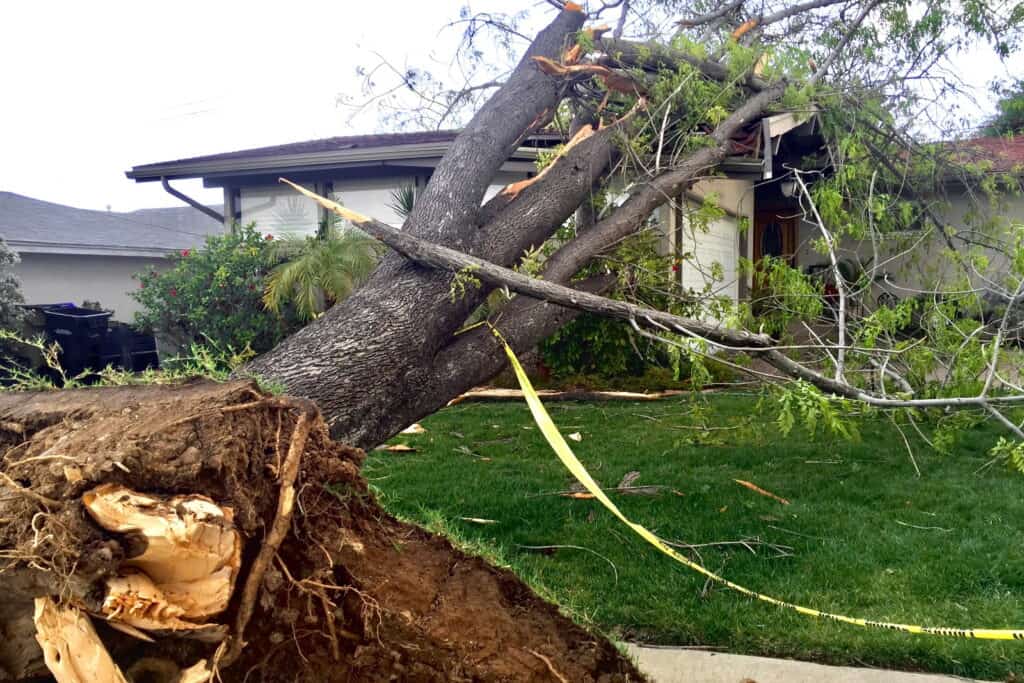
Emergency Tree Removal
Sometimes, the safest measure is to remove a tree altogether, especially if it poses a significant risk to nearby structures or people. Emergency tree removal becomes critical when trees are irreversibly damaged or diseased beyond the point of recovery, and storms could bring these giants down unexpectedly. This procedure requires careful planning and execution to ensure safety and efficiency.
- Safety First: Removing trees that threaten to fall on buildings or power lines.
- Expert Execution: Using precise techniques to ensure controlled and safe removal.
- Immediate Response: Arborists are often on call to handle urgent situations.
Stabilizing Young Trees
Young trees, with their less established roots and flexible trunks, are particularly vulnerable to storm damage. Arborists often use staking and guying techniques to provide additional support to these young specimens during their formative years, which helps them develop a stronger and more stable structure as they mature.
- Proper Staking: Providing support without hindering growth.
- Adjustable Guying: Allows for movement and growth, which strengthens the tree.
- Regular Monitoring: Ensuring supports are adjusted as the tree grows.
Long-Term Tree Care Strategies
Ongoing care from professional arborists ensures that trees remain healthy and strong enough to face the challenges posed by storms. This includes regular health assessments, timely pruning, and treatments for diseases and pests. Consistent maintenance not only improves a tree’s structural integrity but also its aesthetic value and lifespan.
- Preventative Care: Regular treatments to protect against diseases and pests.
- Scheduled Pruning: Keeping trees in optimal shape through all seasons.
- Health Monitoring: Frequent check-ups to catch problems early.
Choosing the Right Arborist
Selecting the right professional is essential for effective tree care, especially when preparing for adverse weather. Look for arborists who are certified by reputable organizations, carry proper insurance, and have a track record of safety and reliability. These qualifications are critical for ensuring that the work done on your property is of the highest standard.
- Certification and Training: Ensuring knowledge and skills are up to date.
- Insurance: Protecting property owners from liability.
- Reputation: Reviews and testimonials can guide your decision.
Arborists play an indispensable role in both preparing for storms and in minimizing damage. By engaging a professional, property owners can significantly reduce the risk of storm-related damage, ensuring that their landscapes remain both beautiful and safe.
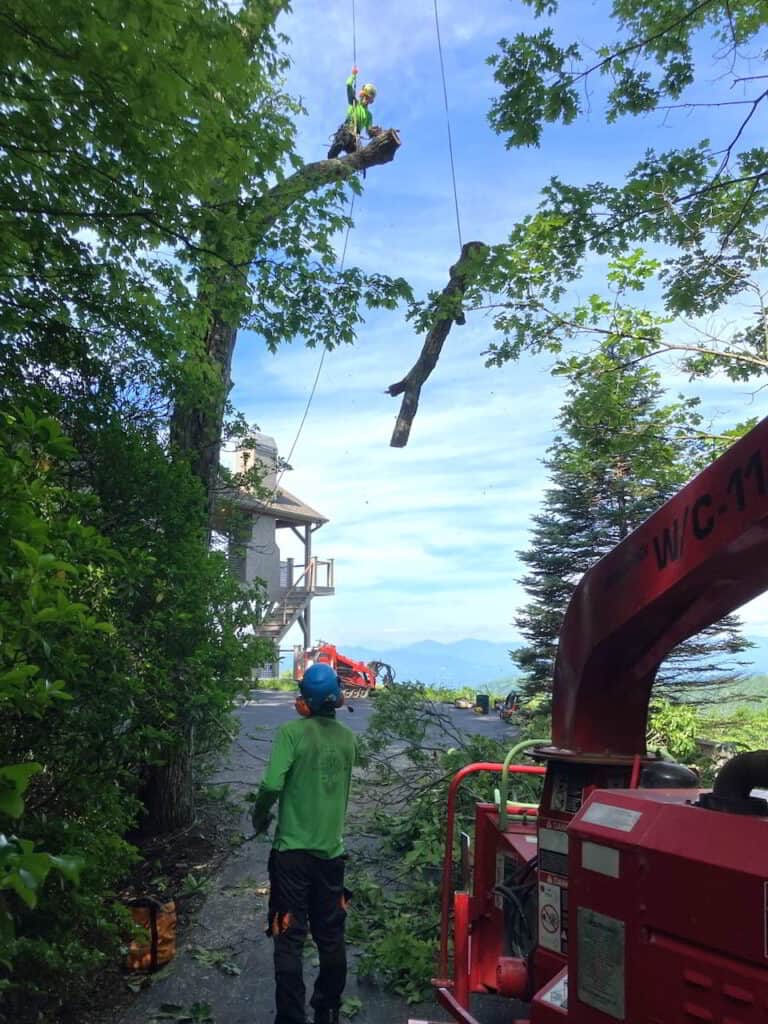
Key Takeaways from Arborist Insights on Storm Preparation
- Proactive Tree Care: Regular maintenance reduces emergency situations.
- Specialized Knowledge: Arborists’ skills are crucial for risk assessment and intervention.
- Safety Measures: Proper techniques can prevent significant damage during storms.
Frequently Asked Questions
- What qualifications should I look for in an arborist?
- Ensure they are certified by a recognized arboricultural association and check for adequate insurance coverage.
- How often should trees be assessed for risk?
- Ideally, have trees assessed by a professional arborist at least once a year or after major weather events.
- Can pruning guarantee my trees will survive a storm?
- While no service can guarantee complete safety, professional pruning significantly reduces the risk of damage.
- Is it expensive to hire an arborist for emergency tree removal?
- Costs vary based on the urgency and complexity of the job, but investing in safety can prevent more significant expenses due to damage.
- How do I know if my tree needs to be removed or just pruned?
- A certified arborist can provide a detailed assessment and recommend the best course of action based on the condition of the tree.
Precision Arborcare is your trusted arborist for expert tree services in Asheville, NC. Built on a passion for trees and a commitment to providing top-quality arborist care, our company excels in technical skills while prioritizing clear communication, customer satisfaction, and safety. Our team consists of certified arborists and tree care professionals dedicated to enhancing and preserving the natural beauty of your landscape. We pride ourselves on being approachable, friendly, and professional arborists, ensuring that our clients feel confident and informed throughout every step of their tree care journey. Precision Arborcare offers tailored arborist services to meet the specific needs of each client, from routine maintenance and emergency tree services to specialized care for your trees.
